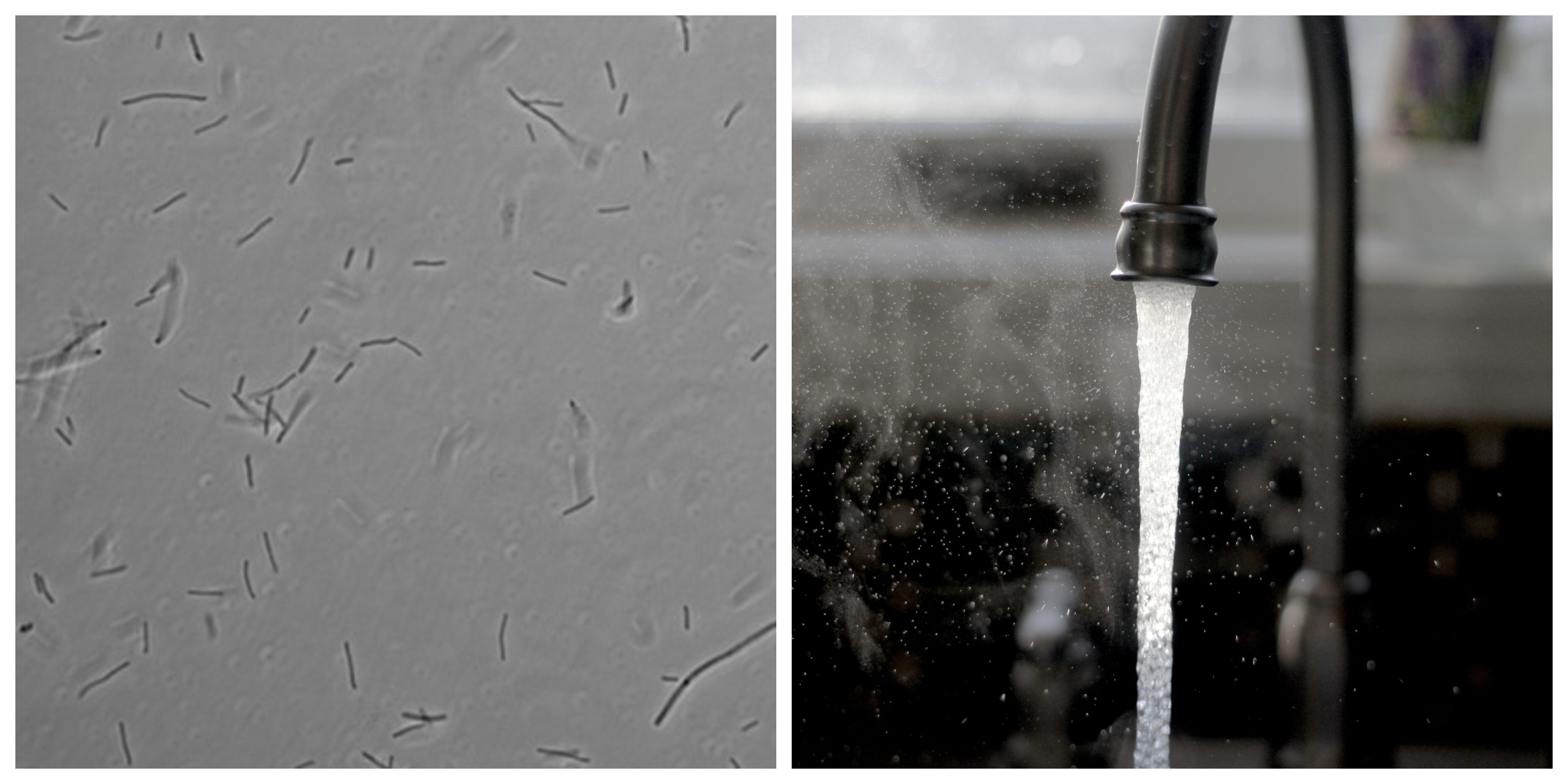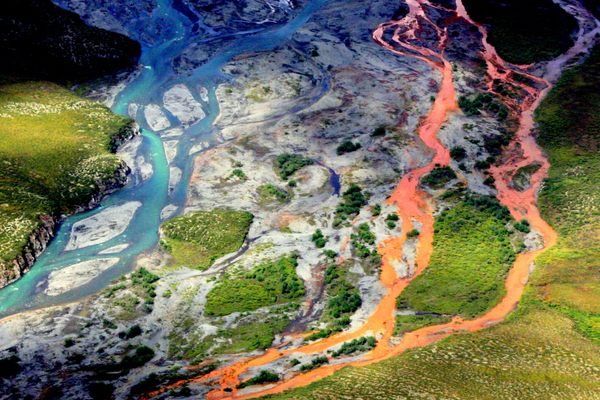Your Water Heater Is an Extreme Environment
Microbes that thrive under the harshest conditions are making themselves right at home—in our homes.

Extremophiles aren’t easily deterred. These microorganisms live their best lives in places that are hot, acidic, salty, dark, or oxygen-starved, places that most other forms of life can’t begin to handle. Members of the heat-loving genus Thermus, for instance, are right at home in environments that would scald human skin—from hydrothermal vents to industrial composting systems and the boreholes of gold mines. Temperatures reaching 160 degrees Fahrenheit? Not a problem for them.
But a team from Penn State University recently found that Thermus scotoductus—a species that flourishes in hot springs, specifically—is also getting cozy right in our own homes. These microbes have become our roommates, inside our household water heaters.
The researchers tapped citizen scientists in all 50 U.S. states, plus Washington, D.C., and Puerto Rico, to sample hot water from their homes. The recruits each filtered half a liter of water, which “just barely gave us enough DNA to identify microbes,” says Gina Wilpiszeski, who worked on the project as part of her doctoral research. Samples from 101 homes went back to the lab, and cultured cells grew in 36 of them.

When the researchers took a look at the results, reported in a new issue of the journal Extremophiles, they were surprised: T. scotoductus was the dominant heat-living microbe they encountered, and it was more widespread than they’d suspected. “Many different thermophiles live in hot springs and other hot environments around the globe, but just this one particular species turned up again and again in water heaters, even near places with hot springs where other Thermus species have been isolated from,” says Wilpiszeski, the paper’s lead author.
The microbes didn’t appear in every sample, but they did pop up in various longitudes and latitudes, through different types of pipes, and in hot water collected from kitchens, bathrooms, and laundry rooms. They were correlated with colder outside temperatures, probably because that’s when and where water heaters really get going, and the microbes “want it hotter,” says Christopher House, a geoscientist at Penn State and Wilpiszeski’s advisor. T. scotoductus grows best in a temperature range that aligns pretty neatly with recommended water heater settings, the authors write. Right tenant, right dwelling, House says: “This is a particular strain that seems to be really, really happy in the heaters.”
It’s not clear exactly how the harmless little creatures wind up in our homes—this study focused only on their presence, not their paths—but House suspects they could move through pipes and potentially through the air. That remains to be seen, but know this: You have a lot of tiny, tiny roommates hanging around, and some of them are pretty extreme.




















Follow us on Twitter to get the latest on the world's hidden wonders.
Like us on Facebook to get the latest on the world's hidden wonders.
Follow us on Twitter Like us on Facebook